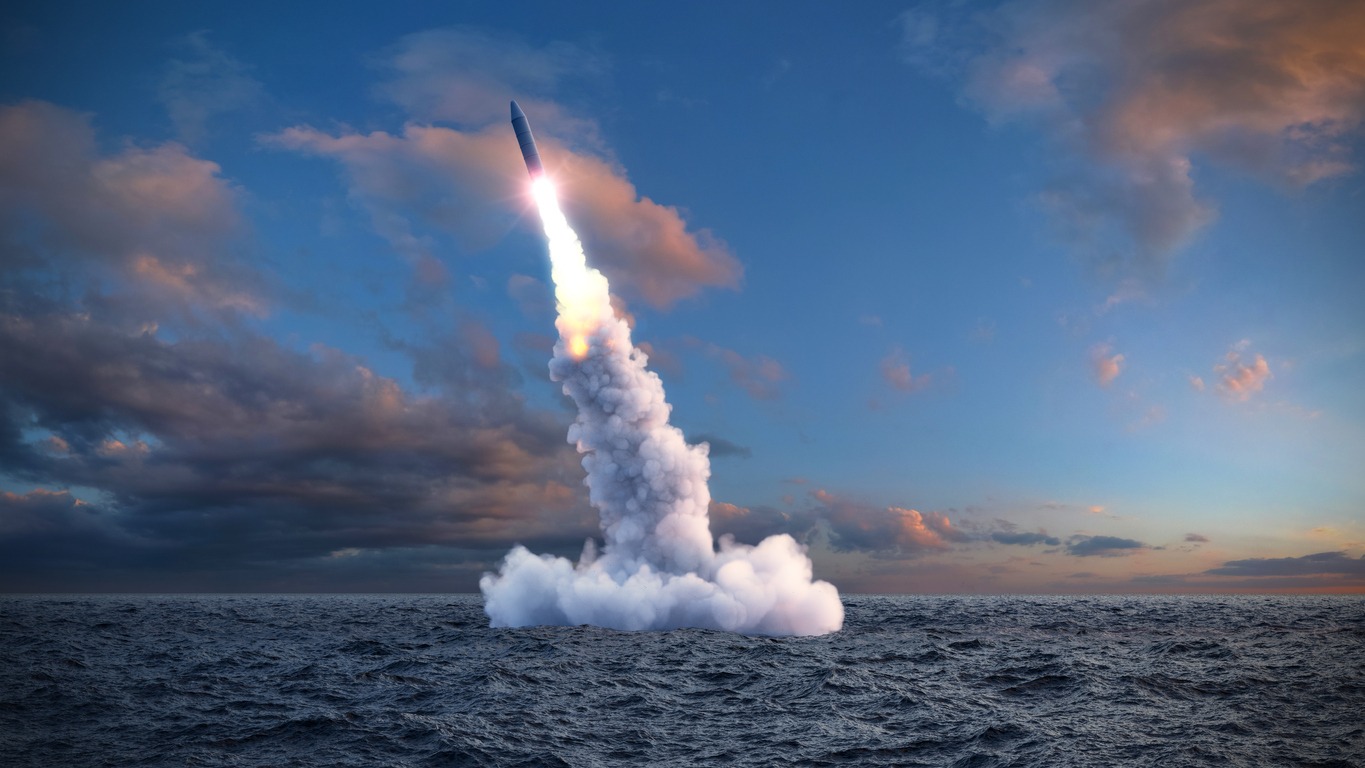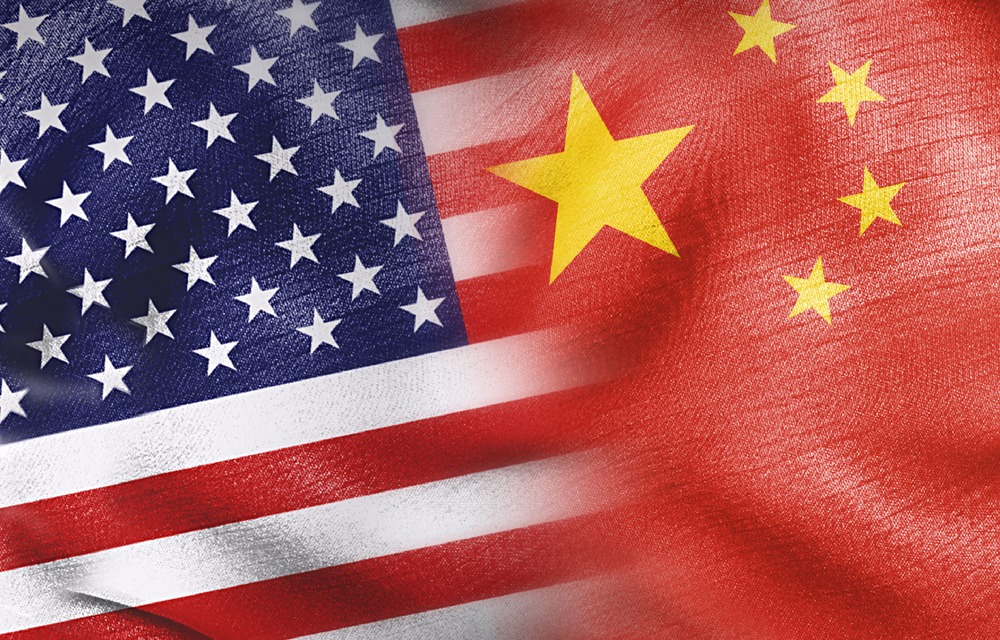Time for the US’s Nuclear Strategy To Embrace No First Use
EAST ASIA FORUM
APLN Senior Associate Fellow Van Jackson calls on the US to adopt the No first Use doctrine.
It was one of the most potent lessons of the Cold War — nukes are good for deterring others from using nukes, but not much else. Weapons capable only of spasmodic mass violence are too crude as a credible tool of coercion in most circumstances.
If the United States seeks only deterrence, but not political advantage from nuclear weapons, then adopting a no-first use nuclear policy is not just low-risk — it’s necessary.
Most of the leading candidates campaigning for the 2020 Democratic presidential nomination publicly endorsed a no-first use policy. Legislation requiring it has growing support in the US Congress. Indeed, it is difficult to imagine any scenario where the United States gains from using nuclear weapons before an adversary, especially when Washington’s conventional arsenal has global reach.
A no-first use nuclear policy would therefore be honest nuclear policy. No sane president would use nuclear weapons before an adversary did, except perhaps out of tragic misperception. But since the Trump presidency, the imperative of a no-first use policy has grown more urgent.
Only a fool would trust in US strategic competence after the decision-making of the Trump era. Trump was a symptom not an anomaly of US politics today. He has spawned many imitators in the Republican Party, who traffic in conspiracy theories and promote antagonistic, militaristic and racialised foreign policies to score domestic political points.
Who wants to entrust a candidate of the far right with the authority to launch nuclear weapons? No first use is the most meagre of many measures needed to restrain US presidential authority in the nuclear realm.
While US President Joe Biden has spoken favourably about a no-first use policy in the past, his administration’s nuclear thinking is so far mostly indistinguishable from that of the Trump era. In the past four years, the United States has withdrawn from most arms control agreements, expanded investments in hypersonic glide vehicles, advanced development of low-yield ‘tactical’ nuclear weapons, threatened nuclear use in the most gratuitous ways, and committed to a US$1.5 trillion nuclear modernisation plan.
Why, then, would preserving a first-use nuclear option be a good idea, especially when the context is not one of US restraint but rather an uninhibited US arms build-up? Opponents of no first use offer three justifications.
First, nuclear advocates claim that China, Russia and North Korea won’t believe no-first use declarations. Yet the fact that it sometimes pays to deceive in statecraft does not repudiate a no-first use policy. If adversaries assume the worst about US nuclear planning, what’s the harm in claiming they need not worry about US nukes unless they use theirs?
If the credibility of a pledge is a priority, Washington can strengthen it through additional changes. Legislation constraining presidential authority is one mechanism, so is eliminating the ICBM component of the nuclear triad, re-entering arms control agreements abandoned during the Trump years, and curbing investments in intermediate-range ground-launched missiles and ‘tactical’ nuclear warheads. When multiple signals are combined with a common message — especially costly and hand-tying signals — the context in which judgments are made changes and declarations become credible.
Second, an ambiguous policy encourages enemy uncertainty about whether the United States could use nuclear weapons against them. This is supposed to keep adversaries from using nuclear weapons against the United States or its allies. But in what scenarios do Washington’s enemies think it will use nuclear weapons first when the United States has conventional munitions with global reach?
If a credible threat of nuclear retaliation cannot deter China, Russia or North Korea, why would an ambiguous US nuclear policy? US nuclear threats will not keep aggressors from making land grabs, threat-making or invading neighbouring territory. The notion that the United States should keep enemies guessing about its intentions on nuclear strategy imports battlefield logic into peacetime circumstances.
If the United States really saw fit to make nuclear first-use threats in conflict, shifting from no-first use to a declaratory policy of ambiguity would be better for ‘keeping the enemy guessing’. There is no peacetime deterrence gained from allowing the fog of war to shroud geopolitics at all times.
The third argument is that allies reliant on US extended nuclear deterrence would worry about Washington’s ability or willingness to deter threats on their behalf. So, what? No ally is in it just for the nukes. Because allies’ fears of abandonment or entrapment can never be fully mollified, the United States must be cautious about being held hostage to them.
In extremis, the absence of US extended deterrence for Japan, South Korea or Australia could mean them going nuclear. But the old bargain — Washington does arms-racing so allies don’t — makes no sense in a world where US politics is depressingly awry. Allied nuclear proliferation poses its own risks, but it may be a better alternative to US nuclear preponderance and presidential first-use launch authority.
While the arguments against a no-first use policy don’t add up on their merits, reasonable people have long debated these points. But circumstances have changed dramatically. Nuclear policy must reconsider giving a potentially unhinged or fascistic president the discretion to launch nuclear weapons before America’s enemies do.
If the aim is to make US foreign policy less reliant on nuclear weapons over time while minimising risks of nuclear war, adopting no first use is the least the United States can do to make a down payment on a saner world.
Image: iStock, Alexyz3d.




